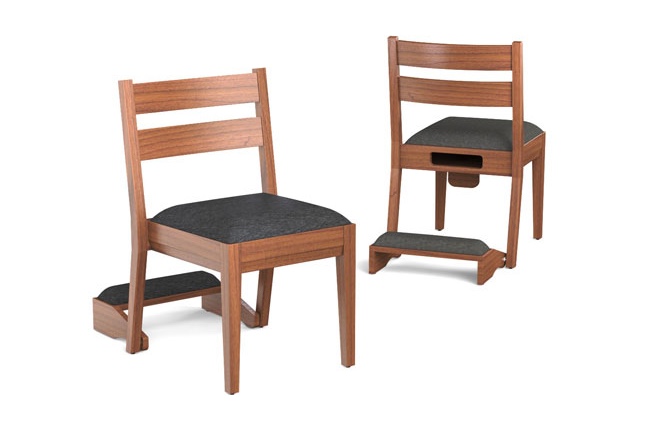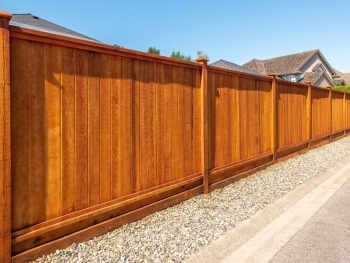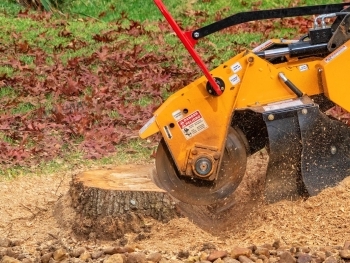Church chairs with kneelers are an essential part of many religious spaces, reflecting the intersection of practicality, tradition, and spirituality. These chairs, designed to enhance the worship experience, are integral to the physical and spiritual comfort of congregants. This article delves into the history, design, functionality, and significance of church chairs with kneelers, highlighting their role in contemporary and historical religious practices.
Historical Background
Origins and Early Use
The concept of kneeling during prayer is ancient, rooted in various religious traditions as a symbol of humility and reverence. In Christianity, kneeling has been a significant posture of prayer since its early days. Early Christian worshippers would kneel on the bare ground or simple mats. As church architecture evolved, so did the furniture within these sacred spaces.
By the Middle Ages, churches began incorporating pews and kneelers, known as "prie-dieu" in French, which means "pray to God." These early kneelers were simple, often just a wooden plank or a padded cushion. Over time, they became more elaborate, reflecting the craftsmanship and artistry of the period.
Development in the Modern Era
The 19th and 20th centuries saw significant changes in church furniture design. The industrial revolution enabled mass production, making it possible for more churches to afford kneelers and comfortable seating. This period also saw a shift from traditional pews to individual church chairs, especially in smaller or more modern churches.
Design and Functionality
Ergonomics and Comfort
Modern church chairs with kneelers are designed with both comfort and function in mind. Ergonomics play a crucial role, ensuring that the chairs support proper posture during long services. The kneelers are often padded to provide comfort during prayer. High-density foam is commonly used for the cushions, covered with durable fabrics that can withstand frequent use.
Materials and Construction
The materials used in the construction of church chairs with kneelers vary. Traditional designs often feature wood, with oak and cherry being popular choices due to their durability and aesthetic appeal. Contemporary designs might incorporate metal frames with wooden or upholstered seats and backs.
Kneelers are typically attached to the back of the chair in front and can be flipped up or down as needed. The mechanism for this can be either simple hinges or more complex spring-loaded systems, depending on the design and budget.
Aesthetic Considerations
Aesthetic considerations are also important. The design of the chairs and kneelers should harmonize with the church's overall architectural style and interior decor. Many manufacturers offer customization options, allowing churches to choose from a range of fabrics, colors, and finishes.
Practicality and Space Efficiency
Stackable Designs
One of the practical advantages of modern church chairs with kneelers is their stackable design. This is particularly useful for multi-purpose spaces where the seating arrangement needs to be flexible. Stackable chairs can be easily stored when not in use, freeing up space for other activities.
Versatility
These chairs are also versatile in terms of layout. Unlike fixed pews, individual chairs can be arranged to suit different configurations, accommodating various group sizes and service types. This flexibility is particularly beneficial for churches that host a variety of events, from worship services to community meetings and concerts.
Symbolism and Spiritual Significance
Posture and Prayer
Kneeling is a physical manifestation of humility and devotion. The presence of Church Chairs with Kneelers: Enhancing Worship Comfort and Tradition reinforces this important aspect of worship. For many congregants, the act of kneeling helps to create a deeper connection to their faith, serving as a moment of personal reflection and reverence.
Unity and Community
The uniformity of church chairs with kneelers can also symbolize unity within the congregation. When all members are seated on identical chairs and kneeling in unison, it fosters a sense of community and shared faith. This uniformity can enhance the collective worship experience, creating a cohesive and harmonious environment.
Contemporary Trends
Eco-Friendly Materials
As awareness of environmental issues grows, many churches are opting for chairs made from sustainable materials. Recycled wood, eco-friendly fabrics, and low-VOC finishes are becoming more common. These choices reflect a broader trend towards sustainability within religious institutions.
Technological Integration
Modern church chairs are also beginning to incorporate technological features. Some designs include built-in holders for hymnals, Bibles, or electronic tablets. This integration facilitates a seamless worship experience, blending tradition with modern convenience.
Customization and Personalization
Customization options have expanded significantly. Churches can now choose chairs that reflect their specific needs and aesthetic preferences. From embroidered logos and custom colors to specific ergonomic features, the ability to personalize church furniture ensures that it meets the unique requirements of each congregation.
Church chairs with kneelers are more than just functional pieces of furniture; they are integral to the worship experience. By combining comfort, practicality, and spiritual significance, these chairs play a vital role in supporting the physical and spiritual well-being of congregants. As church designs and congregational needs continue to evolve, so too will the design and functionality of these essential items, ensuring that they remain a cornerstone of worship spaces for generations to come.




